时间:2022-09-08 点击量:
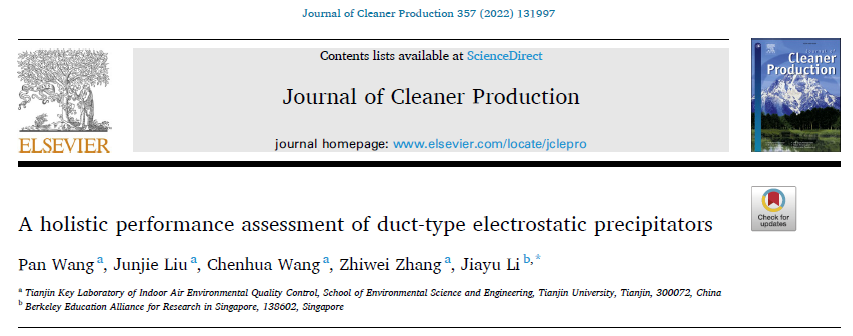
2022年4月,环境科学领域一区期刊《Journal of Cleaner Production》刊登了刘俊杰老师课题组王攀博士的研究成果:管道式静电过滤器的全面性能评价(A holistic performance assessment of duct-type electrostatic precipitators)。
原文链接:
https://www.sciencedirect.com/science/article/pii/S0959652622016055
作者:
王攀,刘俊杰,王晨华,张志伟,李佳钰
研究亮点:
a) 提出固定发尘量法和固定用水量法进行静电过滤器长期使用和清洗后的性能评价;
b) 带电介质涂层的静电过滤器更有利于亚微米颗粒物的收集;
c) 静电过滤器容尘和清洗之后的效率衰减分别为8.9-39.8%和1.4-6.7%;
d) 不带电介质涂层的静电过滤器臭氧副产物散发量是带电介质涂层的2-7倍。
摘要:
流行病学研究表明,室内颗粒暴露与不良健康影响之间存在显著关联。管道式静电过滤器(ESP)在低输送能耗下可有效控制建筑内部的颗粒物。尽管对管道式ESP初始性能的研究已经有很多,但是很少针对管道式ESP包括容尘和清洗在内的全生命周期内进行全面评价研究。本研究对管道式ESP进行了实验性能测试,以确定带和不带电介质涂层ESP的初始、容尘后、清洗后的过滤效率和臭氧副产物散发率。带电介质涂层的ESP对亚微米颗粒的收集效率显著提高,整体效率相当于F7过滤器,但能耗相比于F7过滤器降低了85%。带电介质涂层的ESP收集效率优于不带电介质涂层的ESP,其中亚微米颗粒的过滤效率差异最大,更适合用于评估ESP的过滤性能差异。不带电介质涂层的ESP臭氧散发量是带电介质涂层的2-7倍(5.9±2.2 mg/h)。和静电过滤器初始综合品质因数相比,容尘使得静电过滤器初始综合品质因数最大减少55.3%,清洗后最大减少17.5%。本研究说明了在评估管道式ESP的性能时考虑多重准则的重要性。
主要插图:
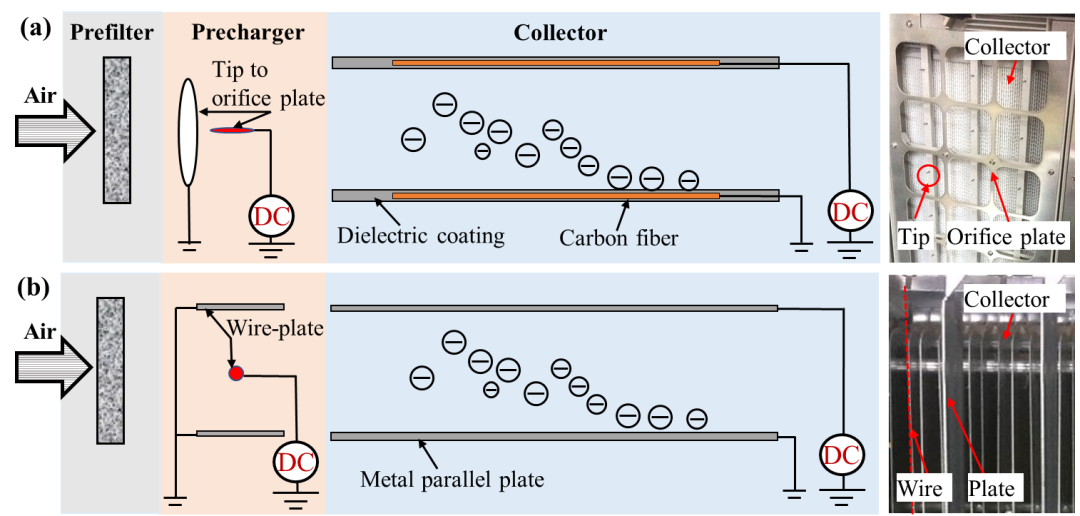
Fig.1. Schematic of L1-IFD(a) and ESPs without dielectric coatings(b) used in this study. The red dashed line is used to enhance the display of the precharger wire.
图1.本研究中的L1-IFD(a)和不带电介质涂层的ESPs(b)示意图
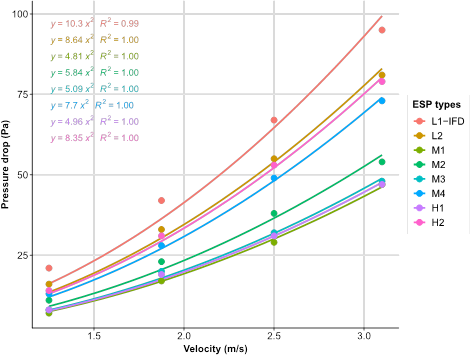
Fig.2.Initial resistance at different face velocities.
图2.不同风速下静电过滤器的初始阻力
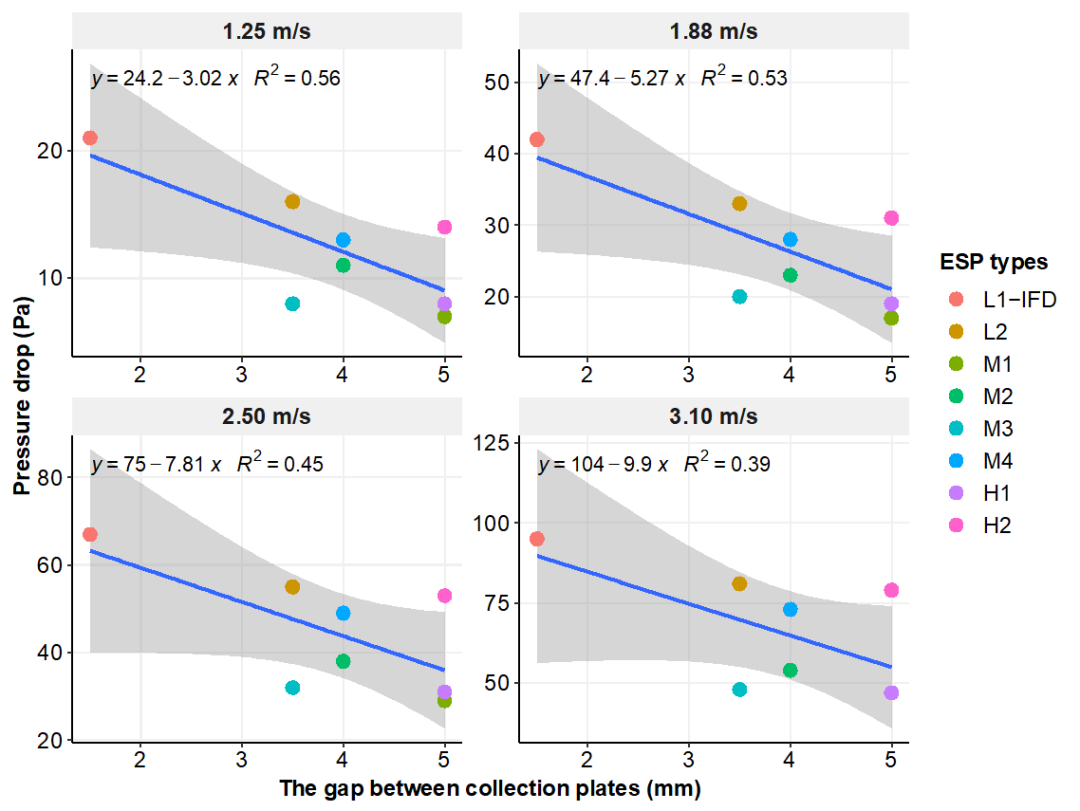
Fig.3.Initial resistance decreases versus gaps between the collecting plates at different face
velocities.
图3.不同风速下阻力与收集板间距之间的关系
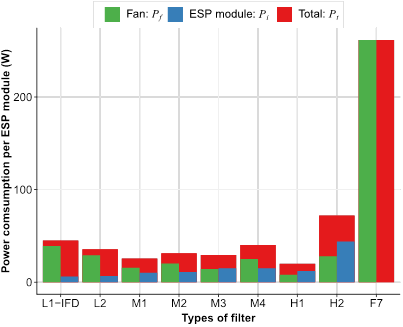
Fig.4.Total power use per unit (Pt), power dissipation of the fan (Pf) and the device (Pi) for
ESPs operating with rated air volumes.
图4.在额定风量下运行的ESPs的每单位模块的总功耗(Pt)、通风系统风机功耗(Pf)和设备自身功耗(Pi)
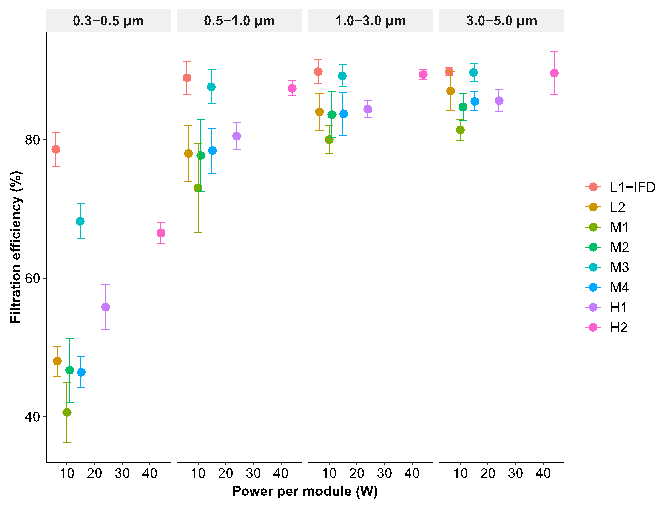
Fig.5. The initial efficiency increases for particles larger than 0.3μm at the rated air volume.
图5. 额定风量下不同粒径段(>0.3μm)的颗粒物初始效率
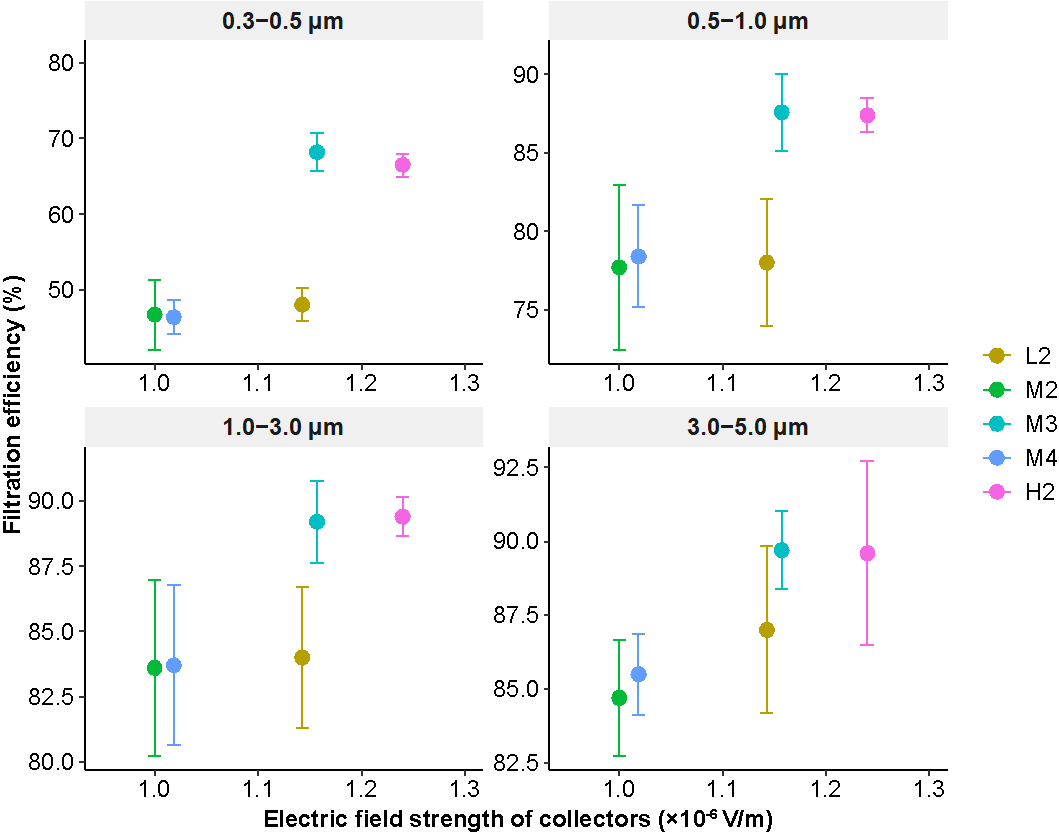
Fig.6.The filtration efficiencies of L2, M2-M4 and H2 increase with the electric field strength
of the collectors for bins of various sizes.
图6.L2、M2-M4和H2的不同粒径段颗粒物收集效率随着电场强度的增加而增加
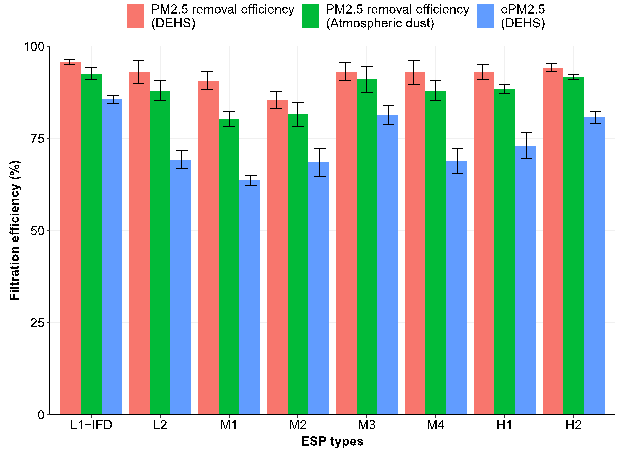
Fig.7.PM2.5 removal efficiencies measured with different aerosols (DEHS and atmospheric dust)
and ePM2.5.
图7.使用不同气溶胶(DEHS和大气尘)测量的PM2.5收集效率和ePM2.5
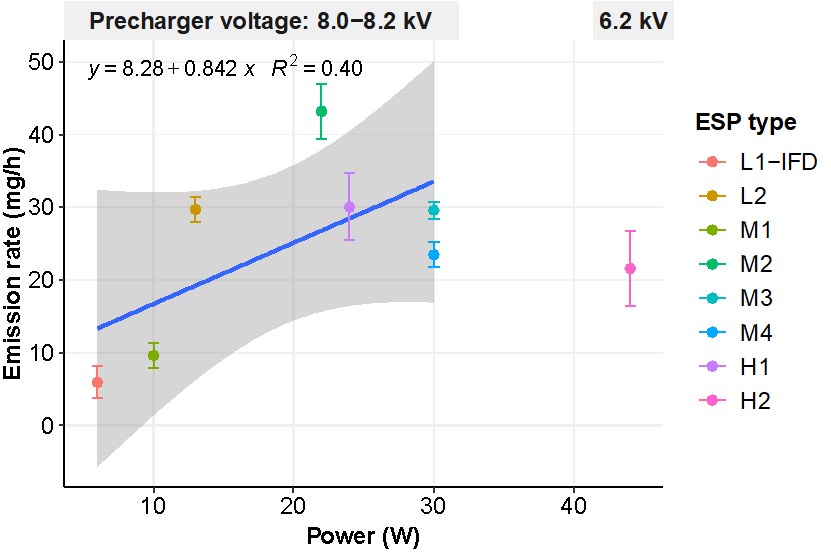
Fig.8. Variation in OER with input power for duct-type ESPs.
图8.管道式ESPs的OER(臭氧释放率)随输入功率的变化
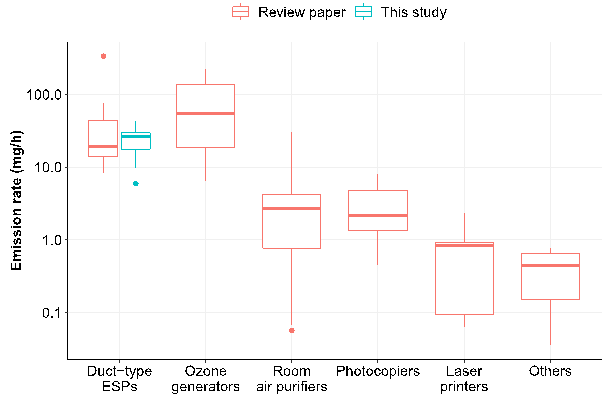
Fig.9. OERs of duct-type ESPs measured in this study and comparison with those of IOEDs presented in a
literature review
图9. 本研究中测量的管道型ESPs的OER以及与文献综述中介绍的IOED(室内臭氧释放装置)的比较
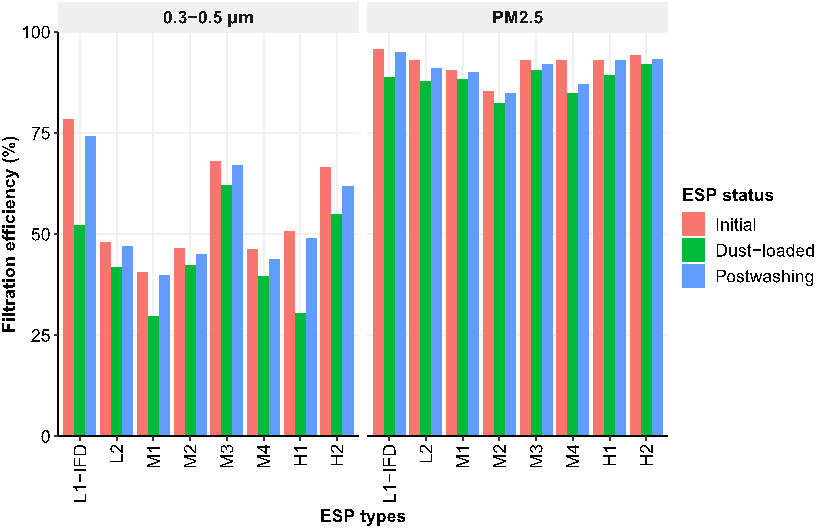
Fig.10.Filtration efficiency variations for 0.3-0.5μm particles and PM2.5 for ESPs under three
experimental conditions.
图10.三种实验状态下ESPs的0.3-0.5μm颗粒和PM2.5的过滤效率变化
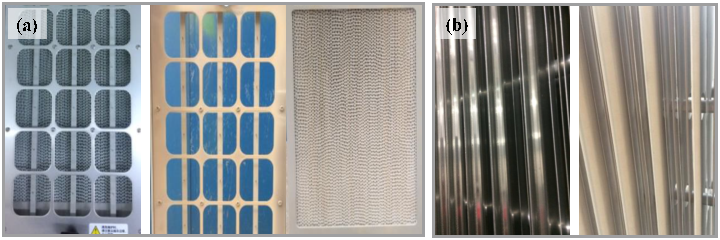
Fig.11.Appearance changes in ESPs with (a) and without (b) dielectric coating before and after
dust loading.
图11.带电介质涂层(a)和不带电介质涂层(b)的ESPs在容尘前后的外观变化
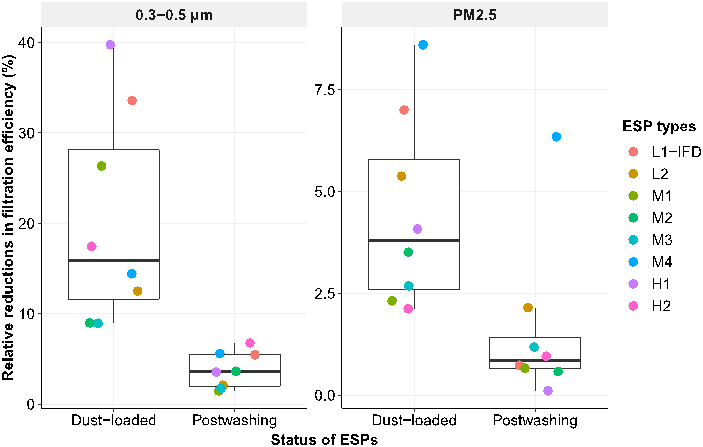
Fig.12.Relative reductions in the efficiency of removal of 0.3-0.5μm particles and PM2.5
after dust loading and washing.
图12.容尘和清洗后0.3-0.5μm颗粒和PM2.5的收集效率

Fig.13.CQFs of the eight ESPs for 0.3-0.5μm particles under three conditions(initial, dust-loade
and postwashing) at 2.5m/s face air velocity.
图13.三种状态下(初始、容尘后和清洗后)ESPs在2.5m/s面风速下0.3-0.5μm颗粒的CQF变化(综合质量因数)
